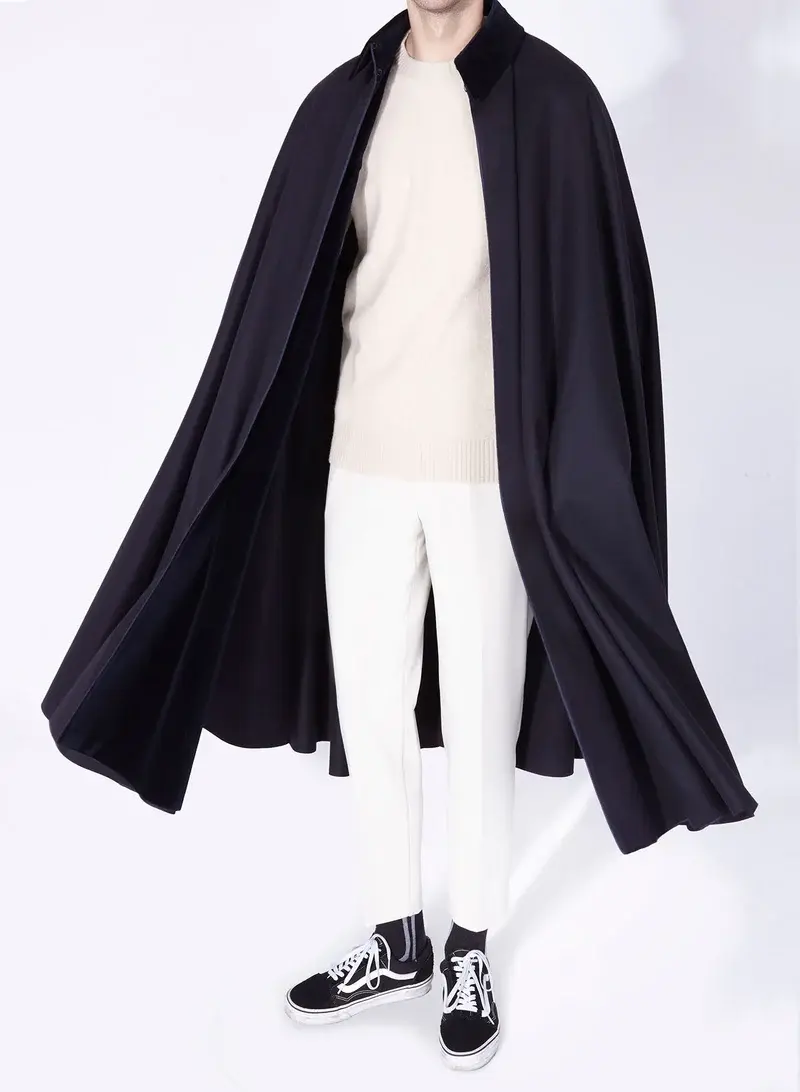Ask Lemmy
A Fediverse community for open-ended, thought provoking questions
Please don't post about US Politics. If you need to do this, try [email protected]
Rules: (interactive)
1) Be nice and; have fun
Doxxing, trolling, sealioning, racism, and toxicity are not welcomed in AskLemmy. Remember what your mother said: if you can't say something nice, don't say anything at all. In addition, the site-wide Lemmy.world terms of service also apply here. Please familiarize yourself with them
2) All posts must end with a '?'
This is sort of like Jeopardy. Please phrase all post titles in the form of a proper question ending with ?
3) No spam
Please do not flood the community with nonsense. Actual suspected spammers will be banned on site. No astroturfing.
4) NSFW is okay, within reason
Just remember to tag posts with either a content warning or a [NSFW] tag. Overtly sexual posts are not allowed, please direct them to either [email protected] or [email protected].
NSFW comments should be restricted to posts tagged [NSFW].
5) This is not a support community.
It is not a place for 'how do I?', type questions.
If you have any questions regarding the site itself or would like to report a community, please direct them to Lemmy.world Support or email [email protected]. For other questions check our partnered communities list, or use the search function.
Reminder: The terms of service apply here too.
Partnered Communities:
Logo design credit goes to: tubbadu
view the rest of the comments


The original type of coat that would have been worn when riding was the Great Coat - which did cover the whole body, down to the ankles (and included the front of the body much better than a cloak). Those would have been worn by military officers, particularly.
Those were fine for riding, but then if you were off your horse and end up in the newly developed trench warfare - starting from around the US civil war onwards - you ended up wading through mud which got caked to the coat. So then they started cutting the coats shorter and they became Trench Coats.
I WOULD LIKE TO SUBSCRIBE TO COAT AND CAPE FACTS
Horse shit. In cities, you waded through horse shit.
As someone who has done extensive reenactment in period dress, sometimes in towns dedicated to realism that banned cars and relied on horses for travel, you wouldn’t believe how terrible even a dozen carriages and a few dozen private horses can be to your skirts/trousers and shoes. Especially when it rains.
People sometimes make light of women in the past who changed their outer clothes two or three times a day, but if you were in town, your attire would be absolutely foul after a few hours in the same outer skirt. A long cloak helped immensely to keep your skirts or trousers from soaking up horse sewage.
Once cars took over, that stopped being a problem, cloaks weren’t as desirable as they obscured fashion, and coats became shorter and more for protection from the weather than from horse shit.
There was a bit of military influence, but that was more about fashion than functional influence.
e: clarification
Vogue tells a different history of the trench coat, claiming its origins are actually raincoats for active well-to-do British gentlemen:
https://www.vogue.fr/fashion/article/vogue-encyclopaedia-the-history-of-the-trench-coat
The "British Warm" was the intermediary as I understand it: a shorter greatcoat favoured by Britsh officers in WW1. The Trenchcoat itself was modeled to fit over, accompany or replace this.
For a military officers that are practically nobility would have more and different clothing options than the average citizen.